Home>Gardening & Outdoor>Landscaping Ideas>How To Get Rid Of Sage Grass In Pastures
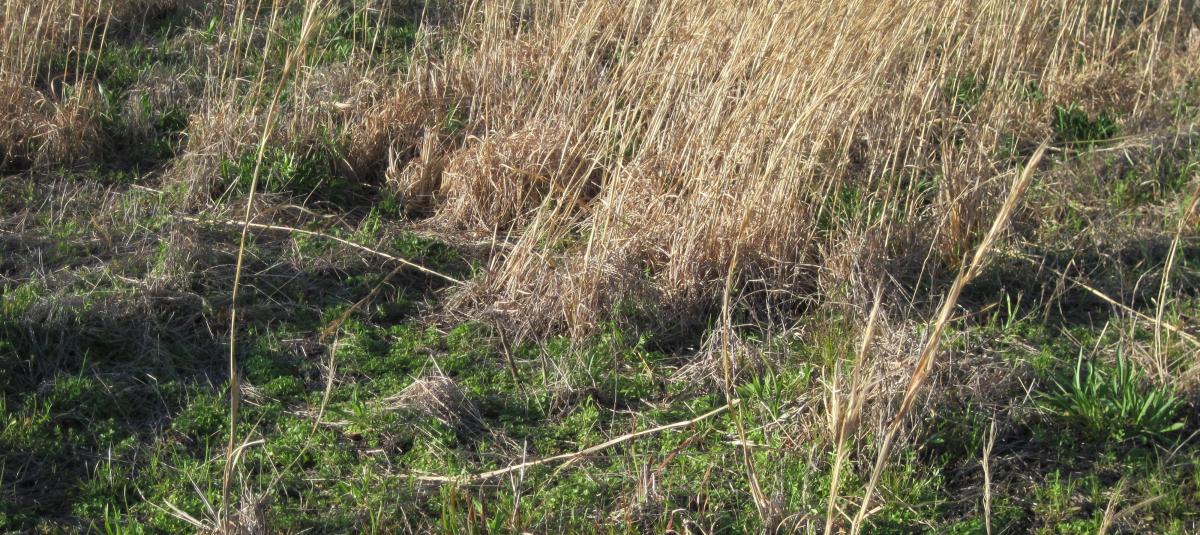

Landscaping Ideas
How To Get Rid Of Sage Grass In Pastures
Modified: March 27, 2024
Learn effective landscaping ideas to eliminate sage grass from your pastures. Discover expert tips and techniques for reclaiming your land.
(Many of the links in this article redirect to a specific reviewed product. Your purchase of these products through affiliate links helps to generate commission for Storables.com, at no extra cost. Learn more)
Introduction
Welcome to the world of landscaping and pasture management! If you’re a landowner, rancher, or simply someone who takes pride in maintaining a beautiful and functional pasture, you understand the importance of keeping invasive plant species at bay. Sage grass, also known as Artemisia tridentata, is a persistent and stubborn weed that can wreak havoc on pastures if left unchecked. In this comprehensive guide, we’ll delve into the characteristics of sage grass, its impact on pastures, and most importantly, effective methods for controlling and preventing its spread. Whether you’re dealing with a small patch of sage grass or a widespread infestation, this article will equip you with the knowledge and strategies needed to reclaim your pastures and promote healthy, thriving vegetation.
Key Takeaways:
- Sage grass, a persistent weed, can harm pastures by competing with desirable plants, reducing biodiversity, and increasing erosion. Effective removal methods include manual pulling, mowing, and controlled grazing.
- Preventing sage grass reinfestation involves reseeding with diverse forage species, implementing grazing management, and monitoring for regrowth. Sustainable land stewardship is crucial for long-term pasture health.
Read more: How To Get Rid Of Sage Grass
Understanding Sage Grass
Sage grass, scientifically known as Artemisia tridentata, is a perennial shrub native to North America. It is characterized by its aromatic, silvery-green foliage and its ability to thrive in arid and semi-arid environments. This hardy plant is well-adapted to a variety of soil types and is commonly found in pastures, rangelands, and open spaces with well-drained soil.
One of the key features of sage grass is its extensive root system, which can reach depths of up to 15 feet. This deep root network allows the plant to access water and nutrients from deep within the soil, making it highly resilient during periods of drought. Additionally, sage grass produces allelopathic compounds that inhibit the growth of other plant species, giving it a competitive edge in the ecosystem.
Identifying sage grass is relatively straightforward. The plant typically grows to a height of 3 to 7 feet and has narrow, needle-like leaves with a distinct silver-gray hue. During the late summer and early fall, sage grass produces small, inconspicuous flowers that give way to tiny seeds, facilitating its spread across pastures and rangelands.
While sage grass is valued for its role in wildlife habitat and erosion control in its native range, its aggressive nature and ability to outcompete desirable forage species make it a formidable adversary in pasture management.
Understanding the biology and growth habits of sage grass is crucial for developing effective control and eradication strategies. By gaining insight into the plant’s characteristics and behavior, landowners can implement targeted measures to mitigate its impact and restore the ecological balance of their pastures.
Impact of Sage Grass on Pastures
The presence of sage grass in pastures can have far-reaching implications for both the ecological balance and the productivity of the land. Its aggressive nature and allelopathic properties can significantly alter the composition of plant communities and diminish the overall forage quality. Here are some of the key impacts of sage grass on pastures:
- Forage Suppression: Sage grass competes vigorously with desirable forage species for water, nutrients, and sunlight, often outcompeting them and reducing overall forage production. This can lead to decreased carrying capacity for livestock and wildlife, impacting the economic viability of the pasture.
- Biodiversity Reduction: The dominance of sage grass can lead to a decline in plant species diversity, altering the ecological balance of the pasture ecosystem. This reduction in biodiversity can have cascading effects on wildlife habitat and the overall health of the ecosystem.
- Erosion Susceptibility: Due to its deep root system and dense growth habit, sage grass can stabilize soil in some cases, but in others, it can create monocultures that are highly susceptible to erosion. This can result in soil degradation and loss of valuable topsoil, impacting the long-term health of the pasture.
- Water Resource Competition: The extensive root system of sage grass allows it to efficiently extract water from the soil, potentially reducing water availability for other plant species, especially during dry periods. This competition for water resources can further stress desirable forage species and hinder their growth.
- Wildlife Habitat Modification: While sage grass can provide habitat for certain wildlife species, its dominance may restrict the availability of diverse forage and cover for a broader range of wildlife, impacting the overall biodiversity and ecological balance of the pasture.
These impacts underscore the need for proactive management strategies to mitigate the spread of sage grass and restore the ecological integrity and productivity of pastures. By addressing the challenges posed by sage grass, landowners can create healthier, more resilient landscapes that support diverse plant and animal communities while maximizing the potential of their pastures.
Manual Removal of Sage Grass
While the tenacity of sage grass presents a formidable challenge, manual removal methods can be effective, especially for small infestations and in areas where chemical control may not be feasible or desirable. Here are some strategies for manually removing sage grass from pastures:
- Hand Pulling: For isolated plants or small patches of sage grass, hand pulling can be an effective method. It’s important to grasp the plant as close to the ground as possible and pull gently but firmly to ensure the removal of the entire root system. Care should be taken to prevent the dispersal of seeds during the removal process.
- Mowing and Cutting: Regular mowing or cutting of sage grass can help reduce its vigor and prevent seed production. This method is most effective when combined with other control measures, as repeated mowing alone may not eradicate the plant but can weaken it over time.
- Soil Disturbance: In areas with limited vegetation, soil disturbance techniques such as tilling or hand raking can disrupt the growth of sage grass. This method is best suited for small-scale infestations and should be followed by reseeding with desirable forage species to prevent the reestablishment of sage grass.
- Prescribed Grazing: Controlled grazing by livestock can be used to manage sage grass infestations. By strategically rotating grazing areas and adjusting stocking rates, land managers can encourage the growth of desirable forage species while suppressing the spread of sage grass.
It’s important to note that manual removal methods may require ongoing efforts and a combination of approaches to effectively control sage grass. Additionally, proper disposal of removed plant material is crucial to prevent the spread of seeds and ensure that the infestation does not reoccur.
While manual removal can be labor-intensive, it offers a sustainable and environmentally friendly approach to managing sage grass in pastures. When combined with other control methods, manual removal can contribute to the long-term reduction of sage grass populations and the restoration of healthy, diverse pasture ecosystems.
Consider using a selective herbicide specifically designed to target sage grass while preserving the surrounding pasture grass. Follow the application instructions carefully to effectively control the sage grass.
Chemical Control of Sage Grass
When faced with extensive sage grass infestations or when manual removal methods are impractical, chemical control can be a valuable tool for managing this resilient weed. Herbicides can be effective in targeting sage grass while minimizing harm to desirable plant species when used according to label instructions and with careful consideration of environmental factors. Here are some key considerations and strategies for chemical control of sage grass:
- Herbicide Selection: Selective herbicides that specifically target sage grass while sparing desirable forage species are essential for effective control. Herbicides containing active ingredients such as imazapic and chlorsulfuron have shown efficacy in suppressing sage grass without causing undue harm to surrounding vegetation.
- Application Timing: Timing the application of herbicides is critical for maximizing their effectiveness. In general, herbicide application during the plant’s active growth phase, typically in the late summer or early fall, can yield optimal results by targeting the plant when it is most vulnerable.
- Application Methods: Herbicides can be applied using various methods, including broadcast spraying, spot spraying, and wick applicators, depending on the extent and distribution of the sage grass infestation. Care should be taken to minimize drift and ensure thorough coverage of the target plants.
- Environmental Considerations: When using herbicides, it’s important to consider factors such as weather conditions, soil moisture, and proximity to water sources to minimize the risk of off-target damage and environmental contamination. Adhering to label recommendations and local regulations is essential for responsible herbicide use.
- Follow-Up Monitoring: After herbicide application, regular monitoring of treated areas is crucial to assess the efficacy of the control measures and identify any potential reinfestation. Follow-up treatments may be necessary to address any surviving sage grass plants and prevent their regrowth.
It’s important to approach chemical control of sage grass with a thorough understanding of the herbicide’s mode of action, potential impacts on the ecosystem, and adherence to best management practices. Integrating chemical control with other management strategies, such as reseeding with desirable forage species and implementing grazing management practices, can contribute to long-term success in suppressing sage grass and promoting pasture health.
Read more: How To Get Rid Of Grasshoppers
Preventing Sage Grass Reinfestation
Once sage grass has been effectively controlled or removed from pastures, preventing its reinfestation is crucial for maintaining a healthy and diverse ecosystem. Proactive measures and ongoing management practices can help minimize the risk of sage grass resurgence and promote the establishment of desirable vegetation. Here are key strategies for preventing sage grass reinfestation:
- Revegetation and Restoration: Following the removal of sage grass, reseeding pastures with diverse and competitive forage species can help create a dense and resilient plant community that inhibits the reestablishment of sage grass. Selecting appropriate forage species that are well-suited to the local climate and soil conditions is essential for successful revegetation.
- Grazing Management: Implementing rotational grazing practices and adjusting stocking rates can help prevent the dominance of sage grass by promoting the growth of desirable forage species. Strategic grazing can also help maintain an optimal balance of vegetation and prevent the depletion of preferred forage plants.
- Monitoring and Early Detection: Regular monitoring of pastures for any signs of sage grass regrowth or new infestations is crucial for early intervention. Promptly addressing any emerging sage grass plants can prevent the spread of the weed and minimize the need for extensive control measures in the future.
- Soil Health Maintenance: Improving soil health through practices such as soil testing, fertility management, and organic matter enhancement can create an environment that is conducive to the growth of desirable forage species, reducing the likelihood of sage grass colonization.
- Integrated Pest Management: Incorporating a holistic approach to pasture management, including the use of diverse control methods, habitat manipulation, and biological control agents, can contribute to sustainable and long-term suppression of sage grass without relying solely on chemical interventions.
By integrating these preventive measures into a comprehensive pasture management plan, landowners can create resilient and diverse ecosystems that are less susceptible to sage grass reinfestation. Consistent vigilance and proactive management practices are essential for maintaining the integrity and productivity of pastures while minimizing the impact of invasive weeds.
Conclusion
In the realm of pasture management, the presence of invasive sage grass poses a significant challenge, requiring thoughtful and proactive approaches to control and prevention. Understanding the biology and impact of sage grass on pastures is fundamental to implementing effective management strategies that promote the health and resilience of the ecosystem. Whether through manual removal, chemical control, or preventive measures, landowners and managers have a range of tools at their disposal to combat the encroachment of sage grass and restore the ecological balance of their pastures.
It is essential to recognize that successful sage grass management extends beyond immediate control efforts and necessitates a long-term commitment to sustainable land stewardship. By integrating diverse control methods, promoting biodiversity, and fostering healthy soil and vegetation, landowners can create pastures that are less susceptible to invasive species and more resilient in the face of environmental challenges.
Furthermore, collaboration and knowledge sharing within the agricultural and land management communities can facilitate the development of best practices and innovative approaches to sage grass control and pasture restoration. By leveraging collective expertise and experience, land stewards can refine their strategies and adapt to evolving environmental conditions, ultimately contributing to the preservation and enhancement of pasture ecosystems for future generations.
As we navigate the complexities of sage grass management, it is evident that a holistic and adaptive approach is essential for achieving sustainable outcomes. By embracing the principles of responsible land management and leveraging a diverse toolkit of control and prevention measures, we can work towards creating pastures that are not only free from the encroachment of sage grass but also teeming with diverse and thriving vegetation, supporting the well-being of livestock, wildlife, and the land itself.
Frequently Asked Questions about How To Get Rid Of Sage Grass In Pastures
Was this page helpful?
At Storables.com, we guarantee accurate and reliable information. Our content, validated by Expert Board Contributors, is crafted following stringent Editorial Policies. We're committed to providing you with well-researched, expert-backed insights for all your informational needs.








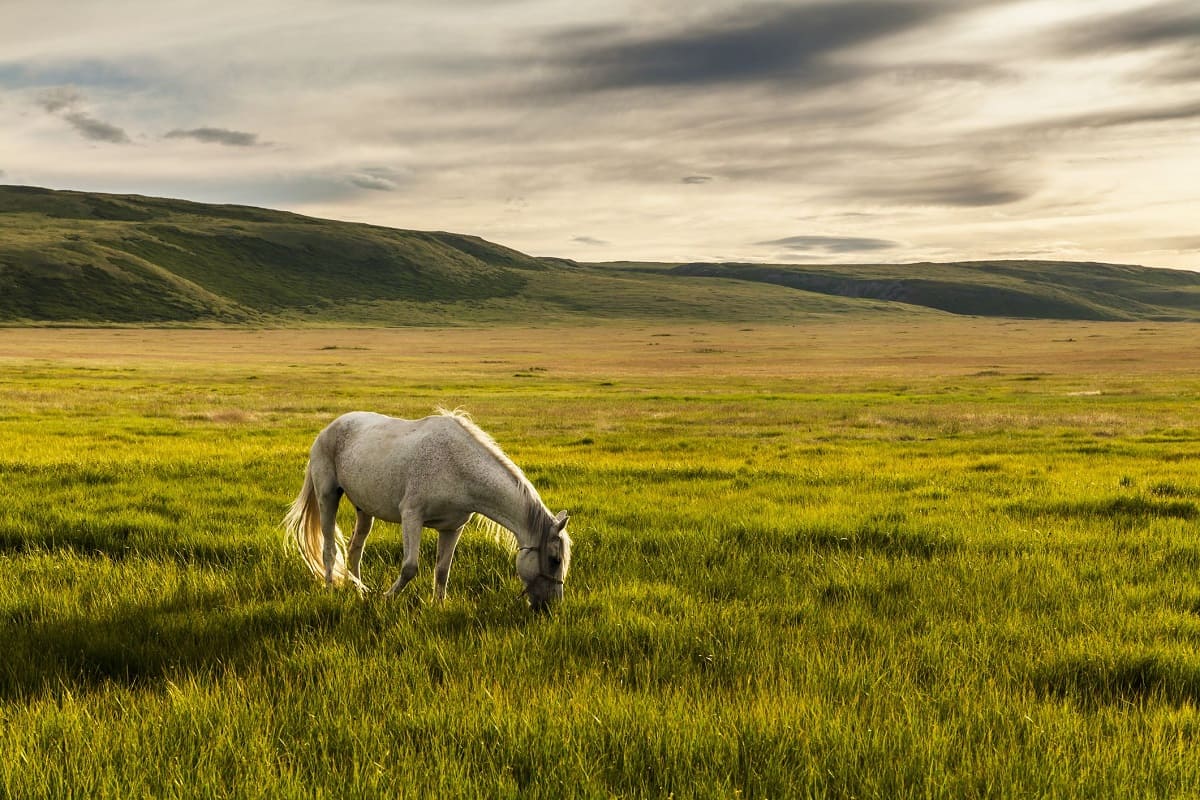
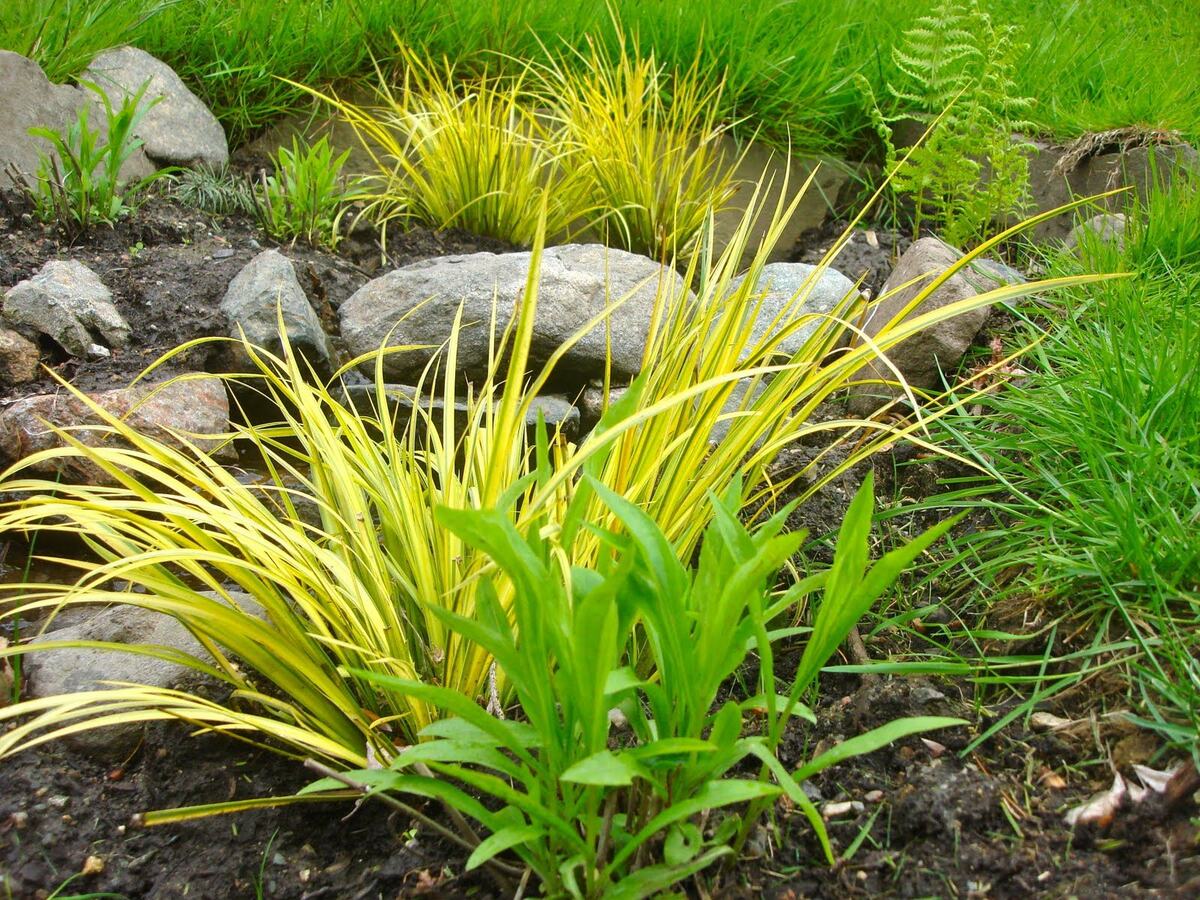
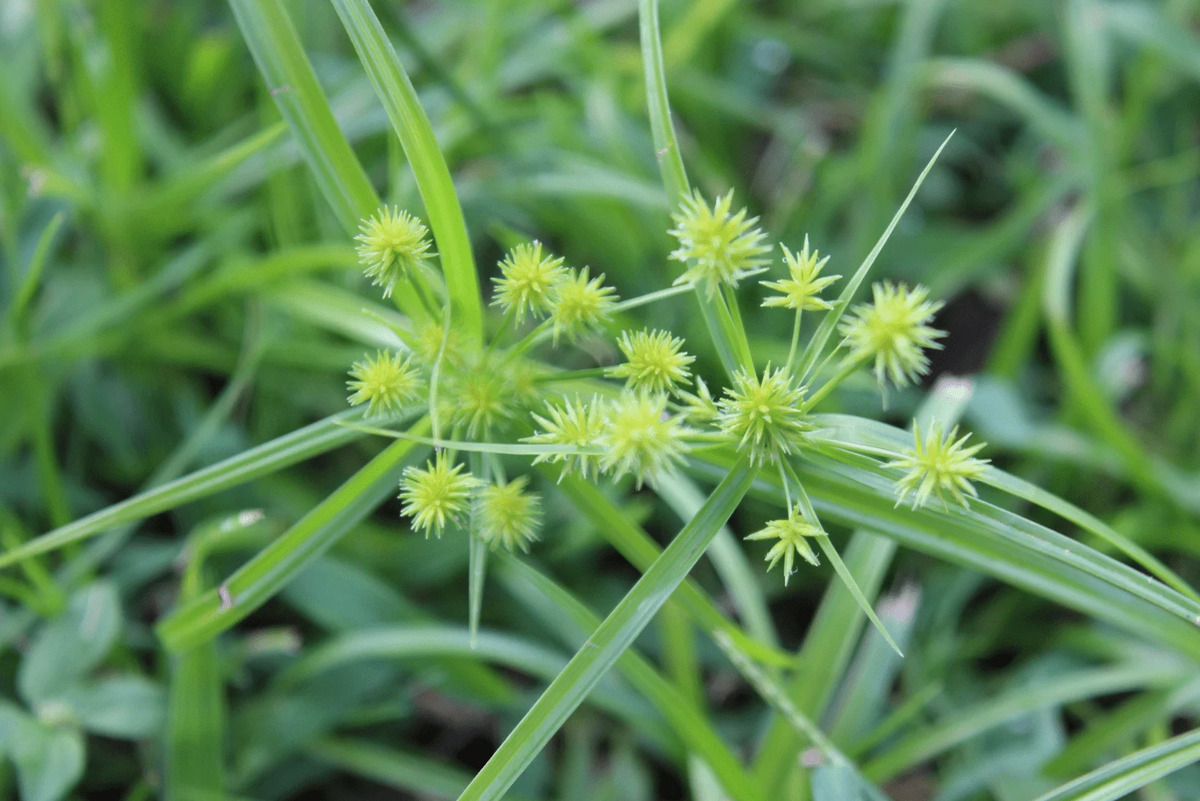
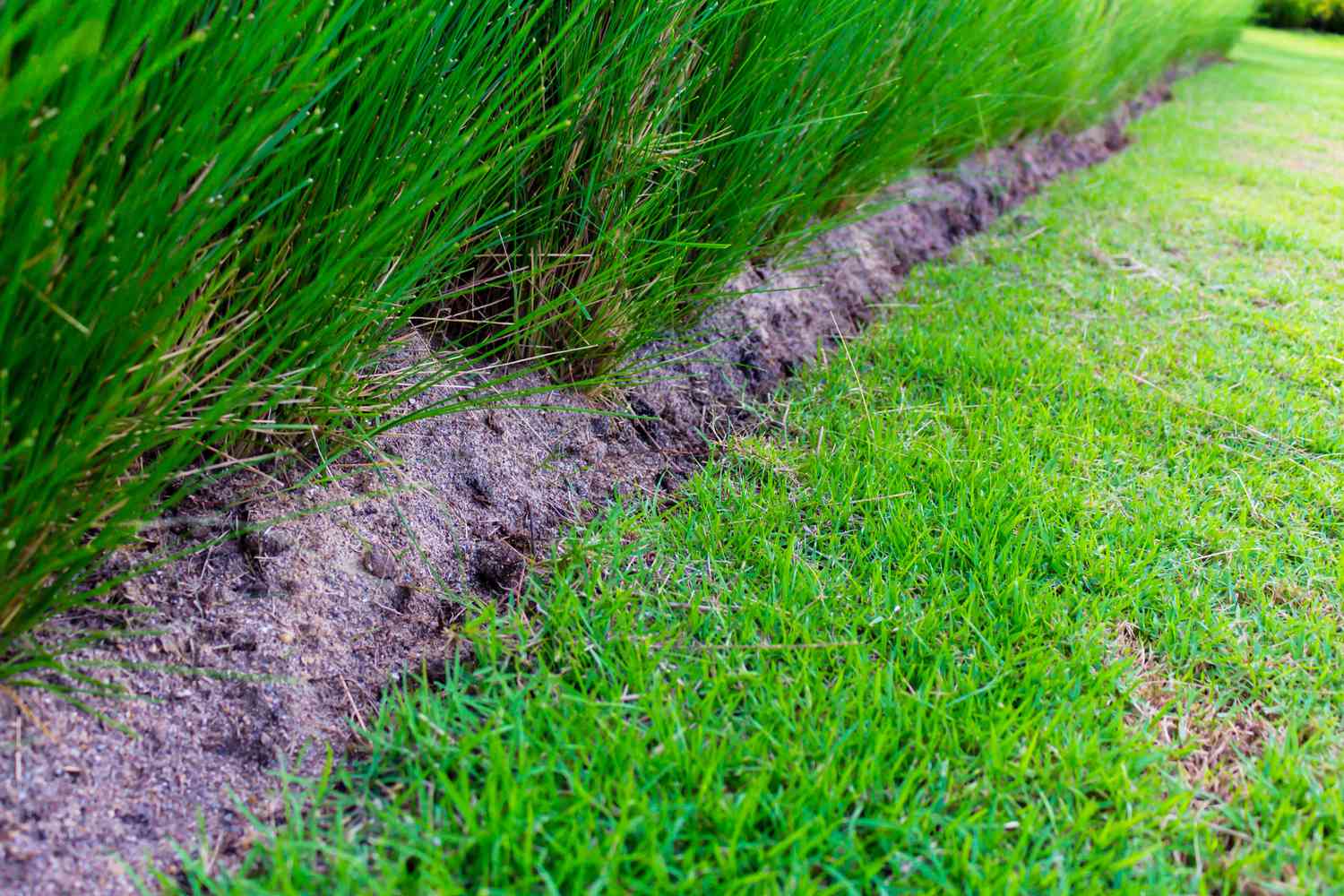
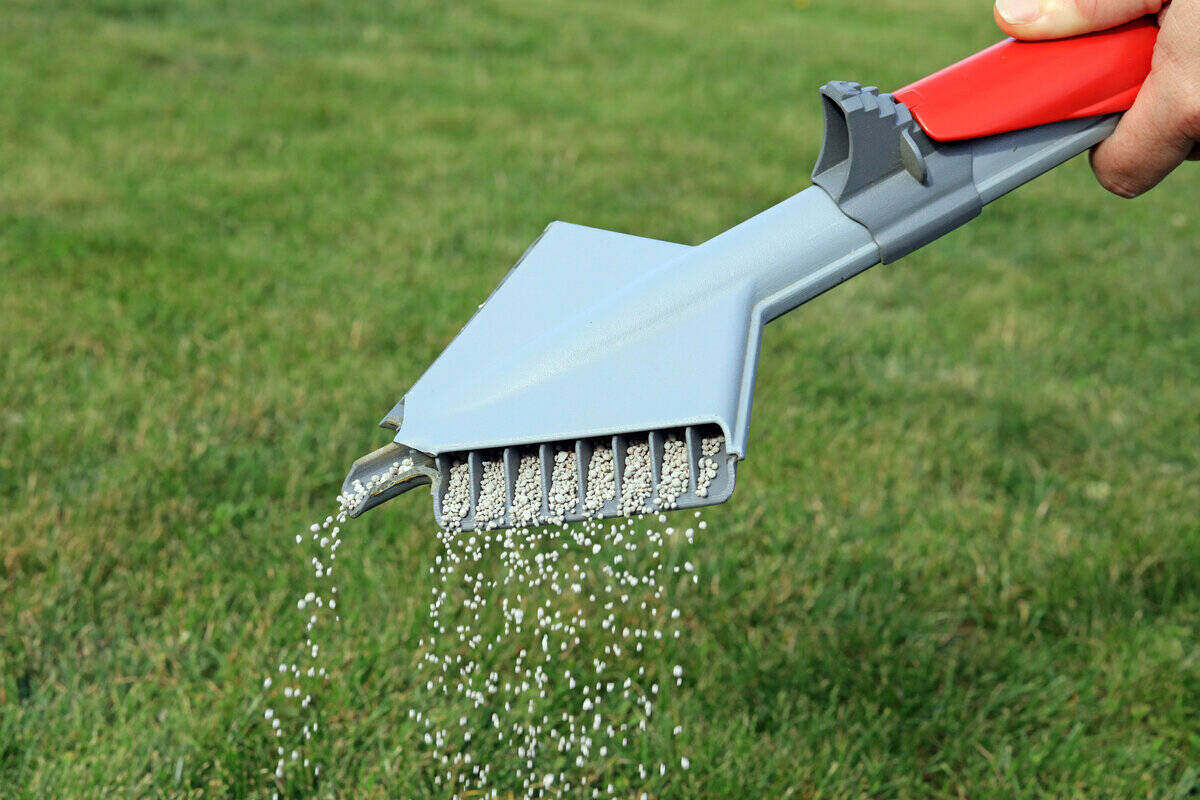
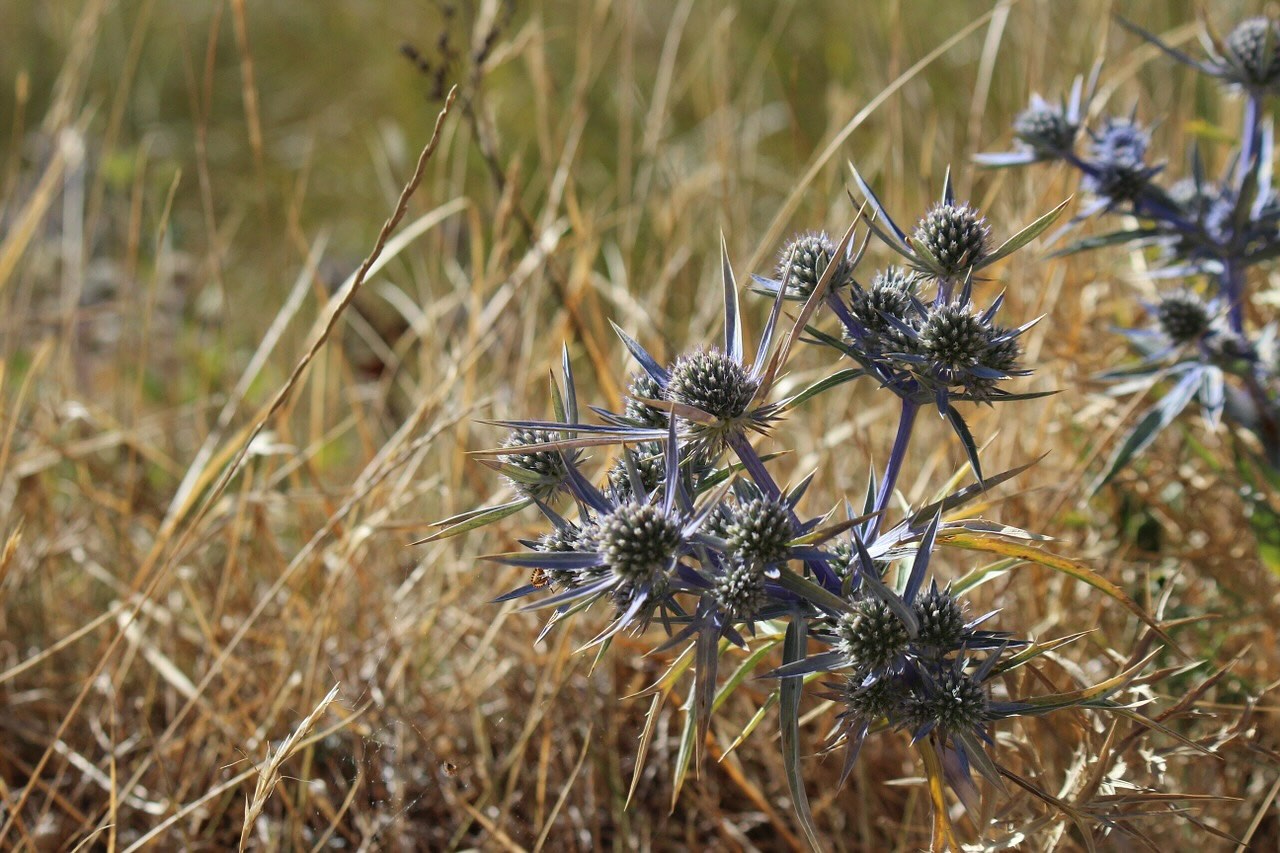

0 thoughts on “How To Get Rid Of Sage Grass In Pastures”